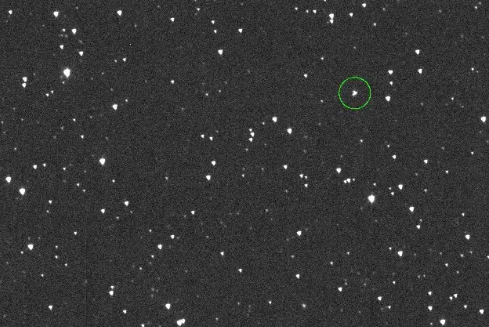
Asteroid 2024 YR4: A Looming Threat to Earth
Introduction
The discovery of asteroid 2024 YR4 has sent ripples of concern through the astronomical community, as it poses a higher risk of impact than any other known space rock. Despite its small size relative to its infamous predecessor, Apophis, YR4’s trajectory and impact probability raise significant concerns for scientists and planetary defense agencies alike.
A Record-Breaking Threat
Among the tens of thousands of known large asteroids, 2024 YR4 stands out with its unusually high impact risk. Its current probability of striking Earth in 2032 stands at 3.1%, a record high for any celestial body monitored by the NASA Sentry Impact Risk Table. This places YR4 in the rare category of objects rated above 0 on the Torino Impact Hazard Scale, which indicates a non-negligible threat.
The History of Detection and Tracking
Asteroid 2024 YR4 was initially spotted in late 2024 and reported to the Minor Planet Center. Its trajectory initially posed a modest impact risk of just over 1%. However, as scientists gathered more data and refined their calculations, the odds of collision steadily increased, reaching the current record-breaking level.
Comparison to Apophis
When asteroid Apophis was discovered in 2004, it briefly held the record for the highest impact risk, with a 2.7% chance of colliding with Earth in 2029. Subsequent observations and radar tracking allowed astronomers to rule out any immediate threat from Apophis, which is now expected to pass within 20,000 miles of our planet in 2029.
Potential Consequences of Impact
Despite its relatively small size, an impact with 2024 YR4 could have significant consequences, particularly if it struck a populated area. The asteroid’s explosion in the atmosphere or the formation of an impact crater could cause widespread damage and loss of life. The potential impact locations, identified by the International Asteroid Warning Network, include both densely populated regions and remote areas of the ocean.
Scientific and Planetary Defense Response
Astronomers will continue to monitor YR4 closely, gathering data from ground-based telescopes and the James Webb Space Telescope. NASA and the European Space Agency are also planning uncrewed spacecraft missions to observe and study Apophis in the coming years. These efforts are part of a broader planetary defense strategy aimed at mitigating the threat from asteroids and other celestial objects.
The Double Asteroid Redirection Test (DART)
In 2022, NASA successfully demonstrated the viability of asteroid deflection through its Double Asteroid Redirection Test (DART). By intentionally slamming a spacecraft into the smaller moonlet of the Didymos asteroid system, NASA proved that it is possible to alter an asteroid’s trajectory and potentially divert it from a collision course with Earth.
Conclusion
The discovery and monitoring of asteroid 2024 YR4 underscore the critical need for planetary defense efforts. While the odds of a collision are still relatively low, the ongoing surveillance and research will provide valuable information for developing strategies to mitigate potential threats from space rocks. The successful DART mission demonstrates the scientific and technological progress being made to protect Earth from the looming danger of asteroid impacts.
